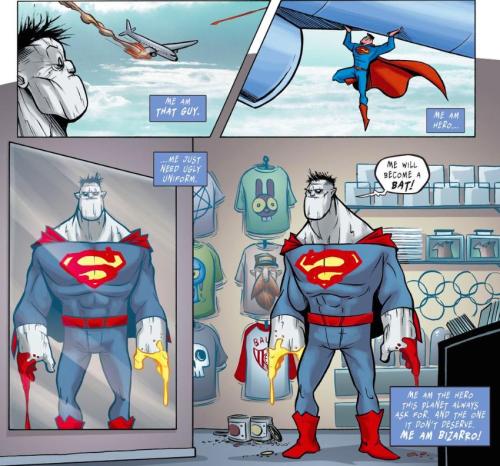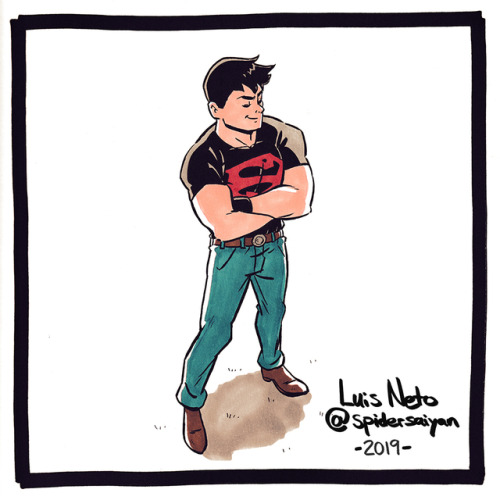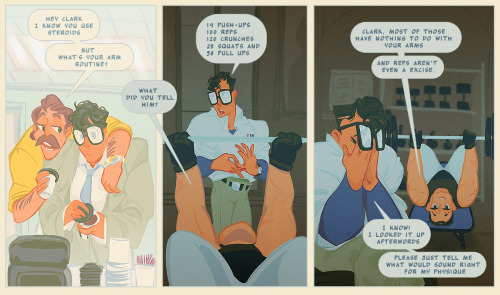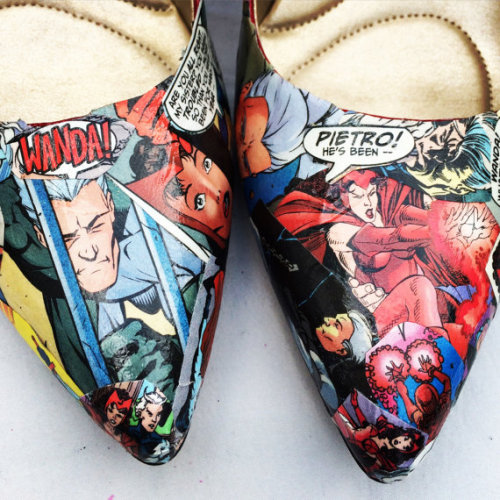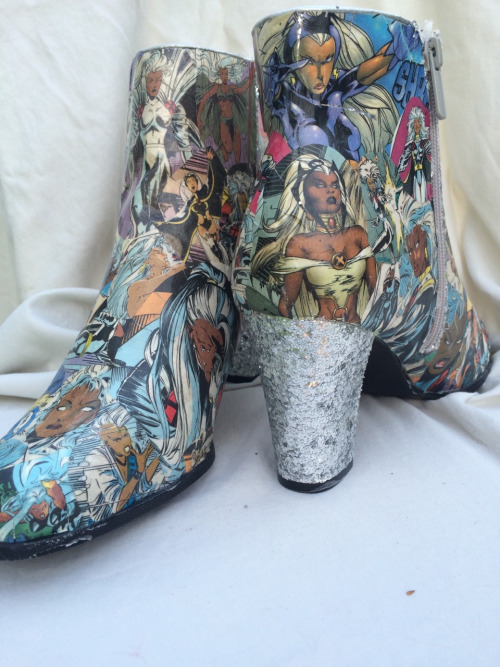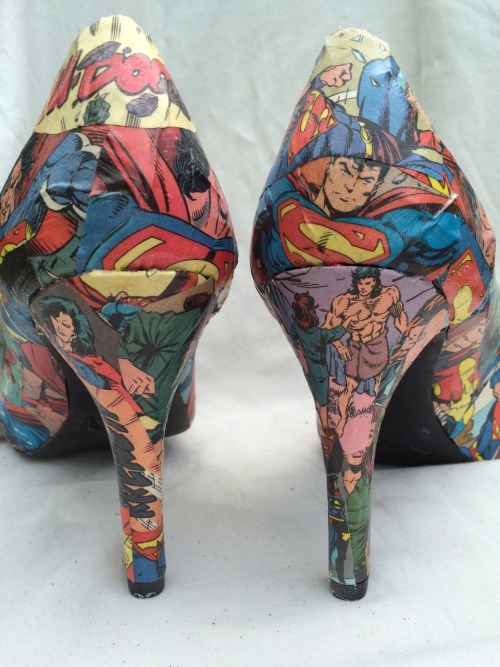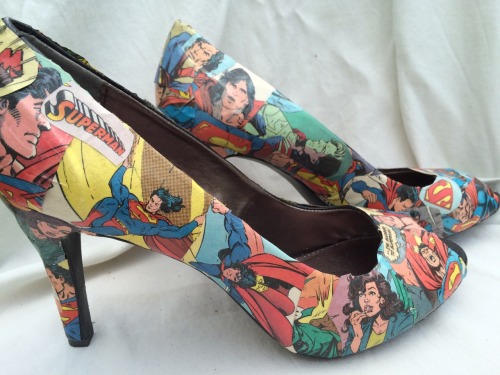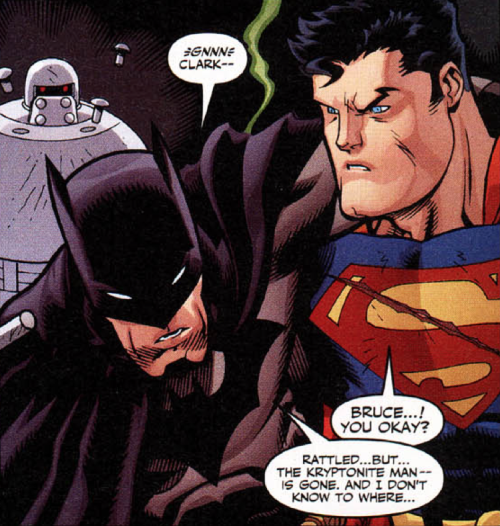#superman
Finished Series
Steve Rogers
Sugar, Sugar (Sugar Daddy AU)
When the Weight Comes Down (Biker AU)
Edge of Time (Apocalypse AU)
Bucky Barnes
Breach (Winter Soldier)
Smalltown Bringdown (Biker AU)
Stucky
Witness(Steve Rogers & Bucky Barnes)
Yours, Mine, and Ours (Steve Rogers & Bucky Barnes)
Tapestry (Steve Rogers & Bucky Barnes, Medieval AU)
kiss me in the d-a-r-k / Summertime sadness (dad! Steve Rogers, professor!Bucky Barnes, boss!Loki)
Blue Jean Baby (Porn AU)
Bent, not broken (Winter Soldier & Captain Hydra)
Thor
Little Bones )Biker AU)
Peter Parker
Let me be your ruler (Peter Parker, Mob AU, MCU)
Loki
Fully Completely(Loki)
Zemo
Candy Coated (sugar daddy au)
Sam Wilson
Looking for a Place to Happen (biker au)
Multicharacter
Omerta(Loki & Bucky Barnes, ft. Steve Rogers and Thor, Mafia AU)
Eye of the Storm (Thor & Loki)
Frailty, thy name is woman (Peter Parker, Steve Rogers, Edwardian AU)
Northern Exposure (Sam Wilson, Steve Rogers, Bucky Barnes)
Hue and Cry (Bucky Barnes, Helmut Zemo, Medieval AU)
Staycation (Sam Wilson, Bucky Barnes, Steve Rogers)
Too much is never enough Epilogues (Loki, Thor)
Too much is never enough (Thor, Loki)
Oh, what a night (Brock Rumlow, Steve Rogers)
Andy Barber
A Place Like This (Lumberjack AU)
Lee Bodecker
Arvin Russell
Of something beautiful, but annihilating
Clark Kent
As You Wish (Medieval AU)
Portrait of a Dangerous Man (Mob AU)
August Walker
Hey, guys! It’s been a while!
Here’s a piece I made for Toronto Comicon next week. They’ve since canceled the show, but I thought I’d post it anyways! Hope ya like it! :D
Post link

Amazing Superman by Michael Cho!

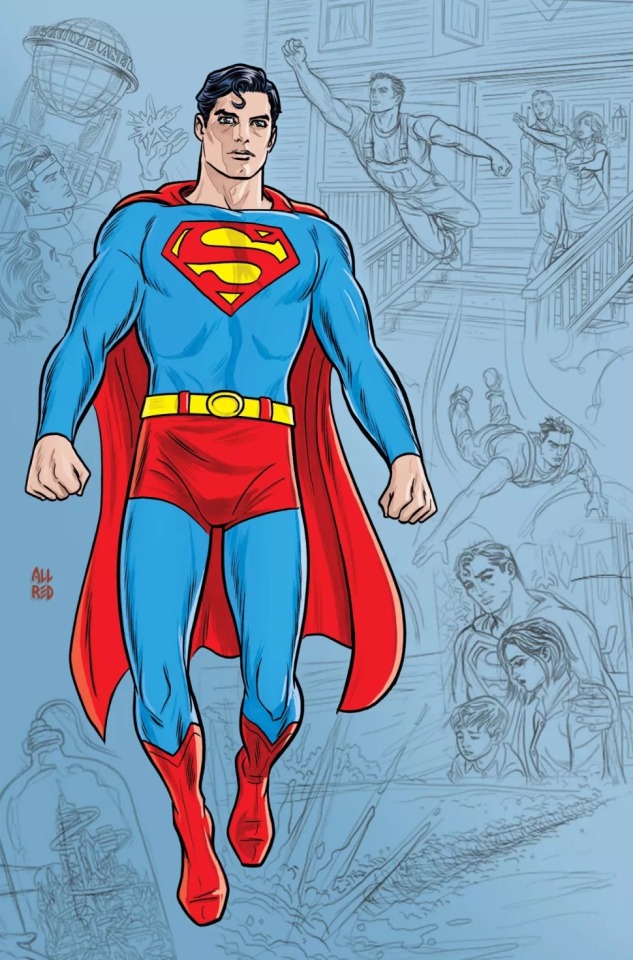
Incredible Superman work by Nick Derington and Mike Allred.
Spots also have been reopened due to deactivation or cannot simply role play anymore due to their work schedule etc.
Reserve these characters today before it’s too late! All you have to do is send an application and that’s it!
I just love the idea that 1. everyone thinks Clark is on Steroids and 2. That he constantly gets asked about his workout routine and he always botches it.
Post link
SHOES $25 OFF!!!
Sale Sale Sale!! Pre-made comic book heels now$25OFF!! Select from the huge inventory!!!
- Superman Peep-Toe Heels, Size 10
$100$75!!! - Firefly Kitten Heels, Size 9.5
$100$75!!! - Star Wars Heels, Size 7
$100$75!!! - Wanda and Pietro Maximoff Heels, Size 9.5
$100$75!!! - Women of Marvel Boots, Size 6.5
$125$100!! - Avengers Men’s Loafers, Size 11 (Men’s)
$100$75!!! - Star Trek: TNG Ballet Flats, Size 9
$100$75!!! - Spider-Man Low Heels, Size 7
$100$75!!! - Avengers Ankle Boots, Size 8.5
$125$100!! - Catwoman Glitter Heels, Size 8.5
$100$75!!! - Storm Glitter Boots, Size 9
$125$100!! - Doctor Who Platform Heels, Size 9
$100$75!!! - Hello Kitty Glitter Heels, Size 9.5
$100$75!!!
Post link
CHRISTMAS PRESENTS: GET THEM BEFORE IT’S TOO LATE!
Looking for the perfect Christmas present for the geek in your life? Our Etsy store has just the thing you’re looking for! Comic lunchboxeslikeHarley Quinn,Catwoman, and Wondewoman! Boots, heels, loafers, and flats! Check out thef ull range of ready-to-ship merchandise on sale now!
- Superman Peep-Toe Heels, Size 10
- Firefly Kitten Heels, Size 9.5
- Star Wars Heels, Size 7
- Wanda and Pietro Maximoff Heels, Size 9.5
- Women of Marvel Boots, Size 6.5
- Avengers Men’s Loafers, Size 11 (Men’s)
- Star Trek: TNG Ballet Flats, Size 9
- Spider-Man Low Heels, Size 7
- Avengers Ankle Boots, Size 8.5
- Catwoman Glitter Heels, Size 8.5
- Storm Glitter Boots, Size 9
- Doctor Who Platform Heels, Size 9
- Hello Kitty Glitter Heels, Size 9.5
- Comic Themed Lunch Boxes
- Comic Themed Bag
Post link
SIZE 10 SUPERMAN PEEP-TOE HEELS
ON SALE NOW
Superman heels are the perfect addition to your wardrobe, whether you’re a Clark Kent or a Superman! On sale now for $100.00, these heels could be yours in time for the Supergirl premier or Batman vs Superman movie! If you’re a fan of the Man of Steel himself then check out this pair of Superman heels.
Post link
It had been a while since I’d picked up an issue of ACTION COMICS, but for whatever reason, after passing up the previous few issues, this one made the trip home. Might have been as simple as there being slim pickings on the rack that week in terms of new super hero comics of the type I knew I liked. It’s got a very nice cover by Jose Luis Garcia-Lopez, an artist’s artist who would go on to do tons of DC licensing artwork through the next decade, here inked by Bob Oksner, a combination I can’t recall seeing again.

Looking at this splash page, it may have been the call-out here for the Flash and Green Lantern that made the difference, as they were my two favorite heroes of the era. Also, it ran below my personal ten-year-old radar, but after a long and bitter public struggle, the creator byline for Jerry Siegel and Joe Shuster had been restored to all Superman stories, and appears here for the first time in my own chronology. I don’t know that I took any special note of it.

So what was going on in the life of the Man of Steel? Well, this was the conclusion to a multi-part story begun in the previous two pages. After the opening, a flashback let me know that Superman had seemingly been killed in battle with his recurring enemy, the space cowboy Terra Man. Superman wasn’t truly dead, in fact, but that didn’t stop him from tossing away his uniform Peter Parker-style. Or has he? The text informs the reader that the figure throwing his Superman costume into the sea on the splash page is neither Clark Kent nor Superman. Wha?? Meanwhile, a mysterious threadworn bum is also wandering around Metropolis in a fashion that makes it clear he’ll be important later.

Terra Man has cut off Metropolis from the rest of the world behind an impenetrable force-field–but that field isn’t so impenetrable that certain friends of the deceased Man of Steel cannot penetrate it. So it is that the Flash makes his entry into the story, ambushing Terra Man in the middle of Metropolis in the name of the fallen Superman. Flash puts up a good fight, but is suddenly and inexplicably blown out away from the fight. The culprit? Terra Man himself–who we learn is actually Superman himself, his appearance having been changed during his supposed demise to match that of his foe. Rather than trying to explain to the Flash what the truth is, the Man of Tomorrow used his super-breath to propel the Scarlet Speedster away from their conflict. But Superman himself has more questions than answers.
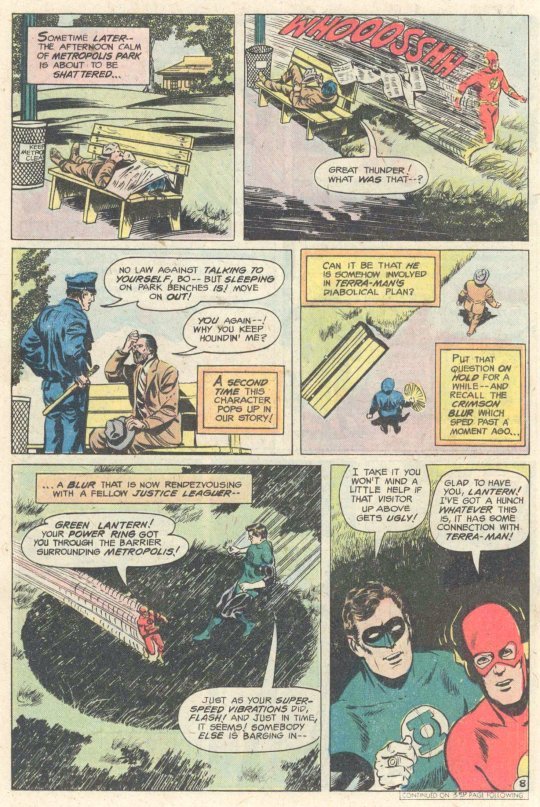
Recouping, Flash finds himself joined by his fellow JLA member Green Lantern, whose Power Ring was also able to get him within the force-field. But before the two super-friends can coordinate an attack on Terra Man, a flying saucer appears in the skies over Metropolis (having had no trouble getting in.) Flash and Green Lantern go to check it out, but are swiftly taken out of action by its advanced weapons. From afar, Super Terra Man has been watching, and his friends’ distress calls him back into the action.

The inhabitant of the spacecraft turns out to be the brother of the alien who, a hundred years ago, turned Terra Man from an orphaned child into a space cowboy–and he’s come back to take his revenge on the man who killed his brother. He pledges to hunt Super Terra Man down through Metropolis and destroy him. Meanwhile, the man who threw his Superman costume into the sea is revealed to be Gregory Reed, an actor from several previous Superman adventures who typically portrays the Man of Steel on film . With Superman dead, he felt there was no point in hanging onto his costume. But he can’t help but wonder what it must feel like to be the Man of Tomorrow…

Things race to a climax as the citizens of Metropolis are heartened to see a familiar red and blue streak in the sky: Superman lives! He attacks the flying saucer and defeats the alien, only to be ambushed himself by Terra Man. The appearance of Terra Man is enough to make the cop who harangued the ragged bum we saw earlier drop his disguise, revealing himself to be the true Terra Man. This is all part of the plan, though, since the fake Terra Man is, as we know, really Superman, and he kayos his enemy. The Superman who defeated the alien was Gregory Reed, his super-feats actually performed by Flash and Green Lantern incognito (Superman did get around to explaining his situation to them.). Now, with both Terra Man and the alien hunter neutralized and Superman’s features restored to their proper form, the story reaches its finale.
Post link
In January of 1977, I turned ten-years-old. And around that time, I would up getting my second book collection of vintage comic book stories–a book that, up until that point I didn’t even know existed. We found it in the remaindered section at Two Guys, a regional low-rent department store chain, kind of like the K-Mart of its day. And because I had money that had been given to me for my birthday, I was able to buy it. By that point, it was twelve years old and had gone through several printings–it was, in fact, the very first collection of vintage comic book stories ever published, coming out in 1965 just ahead of the Batman TV show craze.
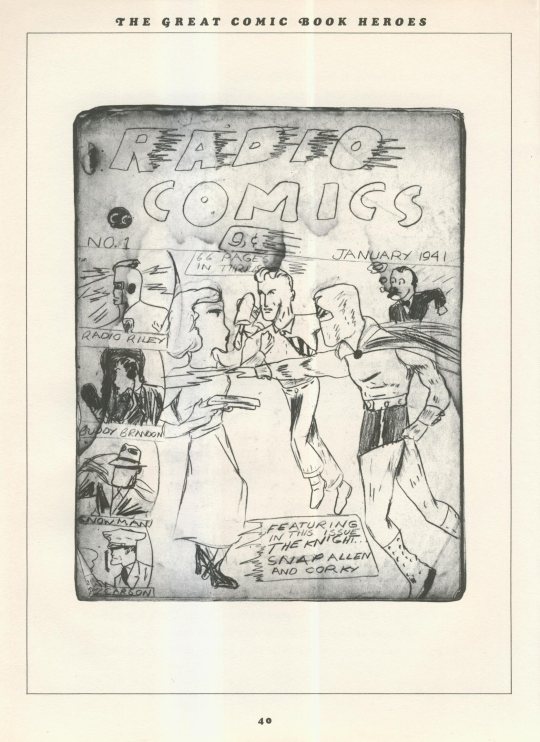
THE GREAT COMIC BOOK HEROES began life as an article that Jules Feiffer had written for Playboy magazine, of all places. It was a nostalgic look back, warts and all, at the comic books that were a part of his youth and the state of the industry a few years later when he was able to get into the business working for Will Eisner. From there, Feiffer went on to be a successful syndicated cartoonist, his strip primarily appearing in the Village Voice, as well as an accomplished playwright. He was so well-regarded, in fact, that he was able to convince a number of publishers to reprint stories from their back catalog in this hardcover collection–publishers who, up to this point, has never really worked in concert before.
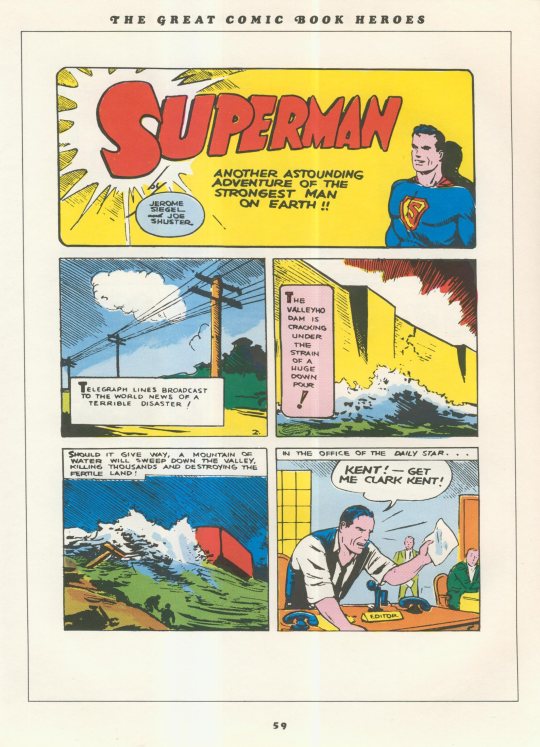
As no good reproduction materials existed, Feiffer worked in concert with DC’s Jack Adler to pioneered a process by which old comic books could be photographed under certain conditions to create a usable black line image, and then recolored. This same process was later used on many of DC’s reprints, in particular the FAMOUS 1st EDITION treasuries–I gather that the reason its use wasn’t more widespread is that it was more costly and time-consuming than was considered worthwhile for a regular comic book release.

Feiffer was also enough of a bigwig in 1965 that he was able to negotiate a minor detente in the legal agreement between DC/national Periodicals and Fawcett Publications, enough to allow him to reprint a single page’s worth of Captain Marvel. In 1977 when I read this book, I didn’t understand why this was a big deal (and in fact I had read this same story twice before already.) I believe it was the one and only exception ever granted, at least up until the point where DC began licensing the rights to Captain Marvel from Fawcett in 1973.
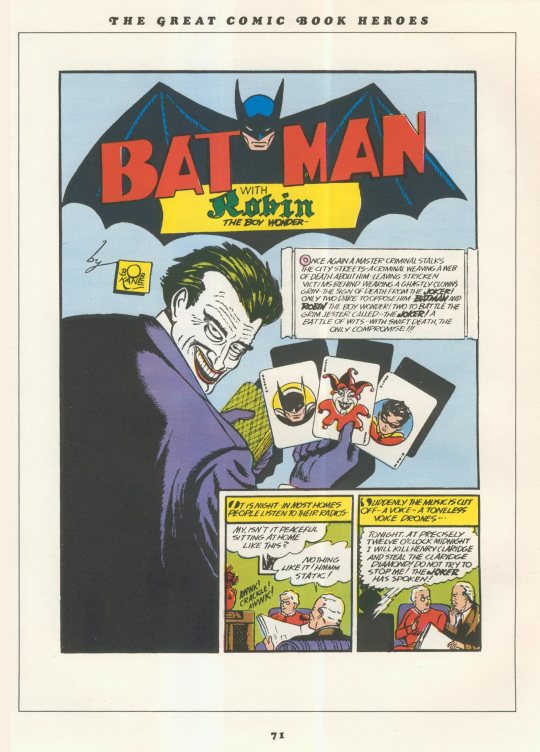
I will confess that, when I first bought this volume, I didn’t read any of Feiffer’s text. That seemed like work to me, who needed it? It was the stories that I was here for! I was hypnotized by the reproduction of one of the comic books that Feiffer had made and sold on the neighborhood street when he was a kid. I had begun to make my own comic books before this, and so this was a very primal point of connection for me–I think I may have read the text of just that one “chapter” (they were all short enough that they were only three or four pages long.)
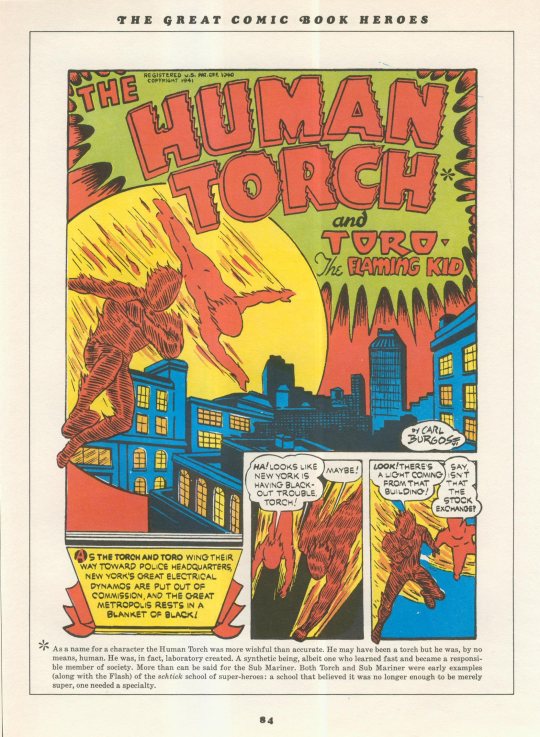
I also didn’t read the stories featuring the Human Torch, the Sub-Mariner and Captain America that were included in the volume. Why would I? I had learned from past experience that I adamantly disliked Marvel comics, decried them whenever I was asked about them, so there was no need to investigate these stories. It would literally be months, not until the summer of 1977, when, on one dull day with nothing better to do, I finally cracked and read through both Feiffer’s full text and the three Marvel stories. And they (along with the write-ups on Timely in the Steranko History of Comics, coming soon) were enough to compel me to give Marvel another chance. But we’ll get to that in due time.
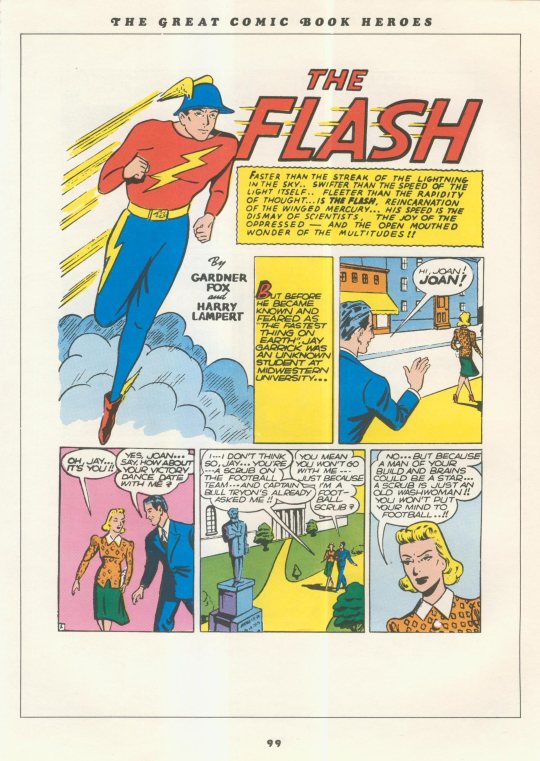
The one disappointing aspect of Feiffer’s book to me, coming to it twelve years later, is that there were already a number of stories in it that I’d read already. Because Feiffer tried to hit all of the mainstays of the big comic book houses in his reprints, and as often as possible, the opening or origin installments. The only times he varied from this approach was when there was some other aspect of the character or the strip that he was trying to highlight–a number of these series took a little while to completely crystallize in their final forms, and Feiffer took that into account when choosing his stories.
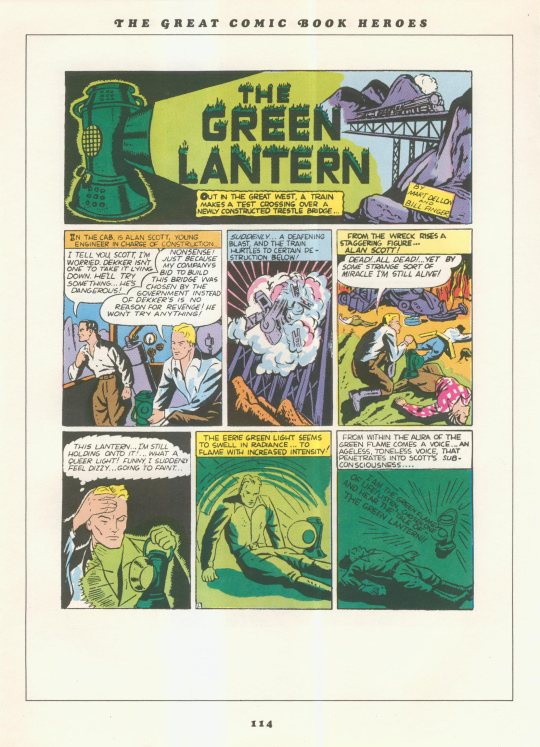
So what was reprinted in this volume? It opened with a two-page origin of Superman, taken not from ACTION COMICS #1 but rather from the more expanded version first shown in SUPERMAN #1. Thereafter, he ran a story that he sourced from SUPERMAN #3 but which was first published in ACTION COMICS #5. It’s really the first full story in which all of the quintessential elements of the Superman series coalesce: the Lois-Clark-Superman relationship in particular. There are several pages in the middle of it that were clearly reworked from newspaper strip samples, panels extended and reformatted into comic book pages haphazardly.

Following the single page of Captain Marvel he could show, Feiffer then reprints the origin of Batman, from BATMAN #1 (which I’d read), as well as the first story featuring the Joker (likewise). This was about a year in, by which point Robin had been introduced, and wit the debut of the Joker all of the elements were in place. But not new to me. Next was a relatively late Human Torch story from MARVEL MYSTERY COMICS #20–like Batman, by this point the Torch’s young partner Toro had come into the series, and it had settled down into typical super-heroics. But I didn’t read it, not yet.

A pair of stories that I’d already experienced came next: the first adventure of the Flash (my third copy of it!) from FLASH COMICS #1 and the first installment of Green lantern from ALL-AMERICAN COMICS #16. Next came a solo Spectre story from ALL-STAR COMICS #1. I was familiar with this early version of the Spectre from the FAMOUS 1st EDITION reprint of ALL-STAR #3, but he wasn’t especially interesting to me. Because he was already dead and could do literally anything, there wasn’t a lot of drama to be found in his stories. Even as a kid, this deficit was apparent to me. Superman, at least, had to struggle to accomplish whatever his goal was.
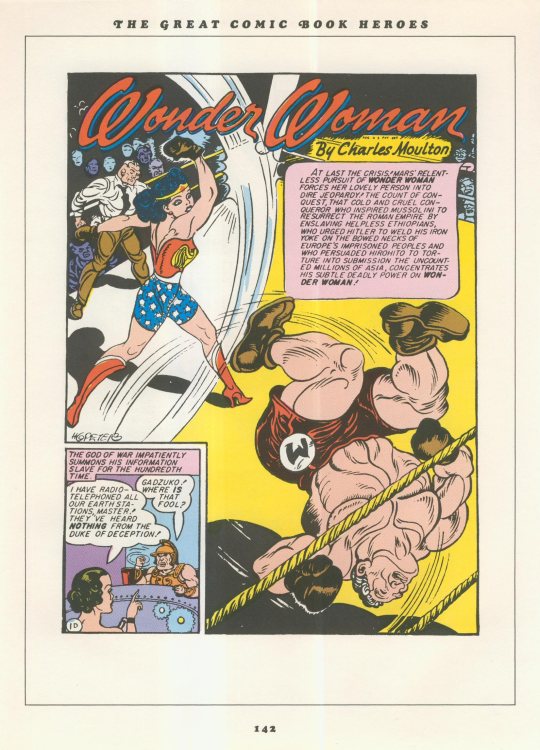
Next came an adventure of Hawkman, sourced from FLASH COMICS #5. Here, Feiffer skipped the earliest adventures of the winged wonder so as to showcase the work of Shelly Moldoff on the strip (and in particular how often he was swiping Flash Gordon panels by Alex Raymond, which happened everywhere.) This was followed by a Wonder Woman story from WONDER WOMAN #2–actually, it was a single chapter of a four-chapter larger story, but I wouldn’t discover this for decades. Feiffer chose it as a good example of some of the strange sexuality that was operating under the hood of what at first glance appeared to be a patriotic heroine series. This was the stuff that really made Wonder Woman sizzle, and the lack of which one of the reasons why her series had such a lack of pop in the 60s and 70s.

Then came a Sub-Mariner adventure from MARVEL MYSTERY COMICS #7, by which point creator Bill Everett had worked out the bugs. I didn’t read it for several months, but essentially it’s an orgy of destruction, as Namor returns to Manhattan to carve out vengeance for his undersea race by wrecking and destroying his way across the city–he even at one point accosts Mayor Fiorello LaGuardia. There isn’t much plot, only carnage–and it ends with Namor’s friend Berry Dean warning him that the Human Torch would be on his trail. But that historic meeting wasn’t included.
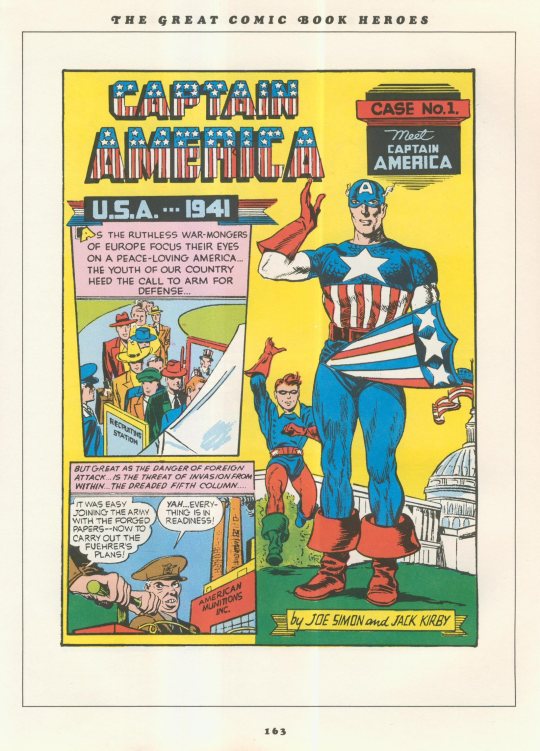
I also skipped the origin of Captain America, from CAPTAIN AMERICA COMICS #1. It’s a pretty crude piece of work, like most of what was reprinted in this volume. There are only hints of the explosiveness that Jack Kirby would bring to the comic book page in the next few issues, to say nothing of the next few decades. The pages were a little bit more jigsaw puzzle-y, but only a little bit. That would change as Kirby got going on Cap.

Next came the first Plastic Man adventure, from POLICE COMICS #1, and which I’d read a few weeks earlier in SECRET ORIGINS OF THE SUPER DC HEROES. It was still a fun tale, but one that only hinted at the inventiveness that Jack Cole would bring to the character and to the page. I felt the same way about the Spirit based on the story that Feiffer reprinted here. He spent a lot of time talking up how innovative and impressive a series it was, but from this sampling, I just couldn’t see it. Part of that, no doubt, is that most scholars consider the best period of Eisner’s Spirit to run from around 1946-1950 or so. But Feiffer was working for Eisner for most of that period–he wrote several of the most memorable tales–and so his interest was in the earliest Spirit adventures, the ones he read as a kid.
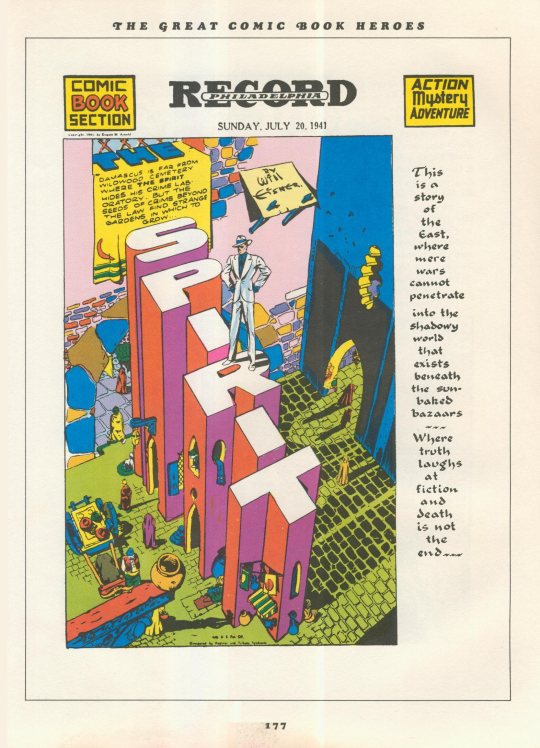
So it was a highly-enjoyable volume, and one that would have a greater impact on me over the course of time, but also slightly disappointing. But I was glad to have it, in particular because its existence came as a total surprise to me. At this point in time, there were precious few compilations of old comic book stories, so each one was like a treasured gem.
Post link
It was an unimaginable 41 year ago today, on Christmas day of 1976, that I finally got my hands on this much-desired beauty, a gift from Santa Claus. And actually, having asked for it specifically on the Christmas list that my mother would demand that each child write (usually sourced out of the Sears Christmas catalog, with an upper cap of $40.00 total), I wound up finding it among other gifts secreted away in our as-yet-unfinished attic, so I knew that it was coming at last.

To say that it was a treasure trove is underselling the situation. It’s unthinkable today, when so much classic material is readily available, either collected in book for or simply available digitally, but in the mid-1970s there wasn’t any way to read old comic book stories that you were interested in other than to find those old comics, or stumble across those stories being reprinted somewhere. So it was extremely difficult for a nine-year-old to make sense of the history of comics, as I was eager to do. Books like this one were invaluable and loved. Indeed, my original copy of this volume is in pieces, the cover and earliest pages having eventually fallen off–I had the paper cover edition, not the more expensive clothbound one. (I couldn’t for the life of me work out why anybody would spend the larger amount when they could have used that money to buy more comics. I get it now.)
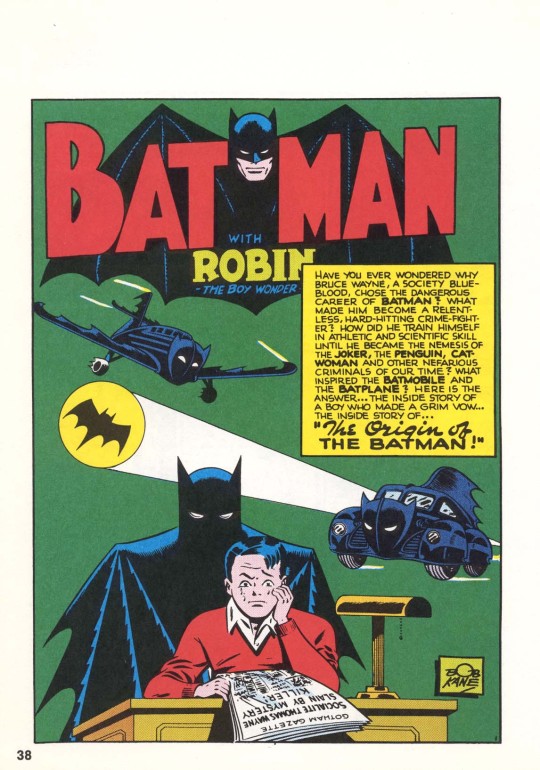
SECRET ORIGINS OF THE SUPER DC HEROES was the follow-up to Crown Books’ successful collections of vintage Superman and Batman stories. But it was really a reaction to Simon & Shuster’s ORIGINS OF MARVEL COMICS and its profitable follow-ups. Carmine Infantino and DC certainly wanted a piece of that marketplace (even if Carmine would be ousted as DC’s Publisher by the time the final product reached the marketplace in mid-1976). So the book is structured remarkably similarly to ORIGINS, with chapters devoted to ten DC heroes reprinting their origin stories (in most cases, two different ones from over the years) and introductory chapters written by Denny O’Neil outlining the behind-the-scenes story as to how these characters came to be.

Sadly, Denny is many wonderful things, but he’s not Stan Lee, so his secondhand recountings aren’t as engaging or fun to read as Stan’s–they read more like a homework assignment. It’s mostly the editors that Denny speaks to and who comment on the genesis of these heroes, and while they’re appreciative of the gainful employment such characters have provided them, you can’t help but get the feeling that it was all just a job to these guys.

Remarkably, the introduction to the Superman chapter speaks of Jerry Siegel and Joe Shuster, at a time when their byline was still stricken from the rolls at DC–this is notable in that, in that previous Superman collection that Crown had published years earlier, neither man was mentioned by name. Similarly, the Batman chapter talks about Bill Finger as well as Bob Kane–in fact, it mentions Finger’s name first. This was an extraordinary thing in 1976, and something that DC would walk back for at least a few more months on Jerry and Joe’s side, and for decades longer when it came to Finger. Whether this was due to Denny, or a desire to give a true accounting so as to mimic ORIGINS (whose accounting is far more compromised), it almost doesn’t matter.

The book also bridged the gap between the Golden Age and the more modern Silver Age, the Earth-1 and Earth-2 incarnations of the characters. In all but the final two instants, two stories were run featuring each character: their initial Golden Age appearance (or origin, in the case of Batman and Wonder Woman) and then either a more recent retelling or updating of that origin, or the origin or first appearance of the Silver Age incarnation of that hero. So you got Jay Garrick along with Barry Allen, Alan Scott besides Hal Jordan, and Al Pratt as well as Ray Palmer.
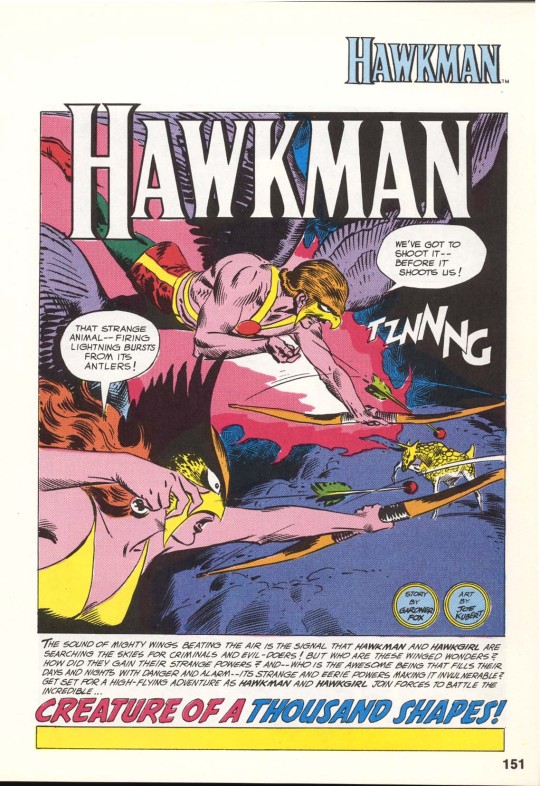
So, just walking through the volume a little bit, after some introductions and dedications (Sheldon Mayer!) it gets down to business with Superman, starting with a reprint of the first page of his initial story in ACTION COMICS #1 (which I’d already seen in the FAMOUS 1ST EDITION reprinting) followed by the expanded Origin of Superman from the AMAZING WORLD OF SUPERMAN special edition–this one I’d also previously read, in a SUPERMAN treasury Edition.

This is followed by the origin of Batman from BATMAN #1 (I’d read it) and then the well-regarded 1948 story in which Batman tracks down Joe Chill, the man who had killed his parents. It’s a story that packs a punch. Next came Wonder Woman, whose origin from the first issue of her comic was reproduced (Again, I’d read it in reprint before) followed by a more modern recounting by Robert Kanigher and Don Heck that also built up the mystery of Nubia, Diana’s long-lost sister.
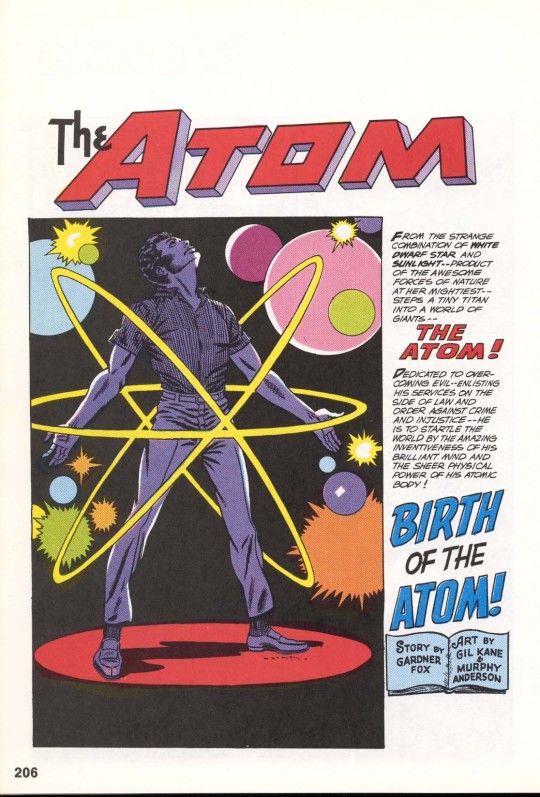
Then came the main event, the reason I had jonesed over this volume for so long: the origin of the Flash. It began with a reprint of the first Jay Garrick story (read it already!) and then reprinted the inaugural Barry Allen story from SHOWCASE #4. And I loved it, boy, every nonsensical second of it. This was followed by the first Green Lantern story, featuring Alan Scott–Scott doesn’t don his costume until the very last panel in this story, which was a bit disappointing–and then the first Hal Jordan tale (in which he does wear his costume, but no mask yet.) The fact that so many of DC’s characters had debuted in anthology titles, and so their stories were shorter than their Marvel competitors made it easier to fit more stories into a single volume.
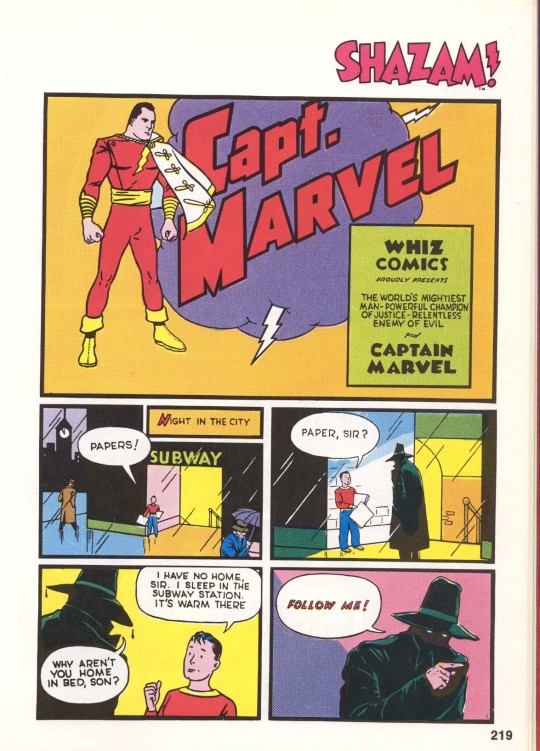
Then came two Hawkman origins (I’d read the first in the FLASH COMICS #1 Treasury, but not the Silver Age story) and a pair of Green Arrow stories, neither the Emerald Archer’s first appearance but both detailing contradictory origin stories for his costumed identity and mastery of the bow. I naturally concluded that the first must be the Earth-2 Green Arrow, which turned out to be true. The Atom came next, and he never even got a costume in his initial outing as Al Pratt, nor did Ray Palmer in his initial story. Still, these were all fun and inventive.

The final two slots in the book were devoted to DC “acquisitions” that had originated elsewhere. So next came the first Captain Marvel story from WHIZ COMICS #2 (the first issue had been an ashcan–and I’d read this story when #2 was reissued as a FAMOUS 1ST EDITION) and the first Plastic Man yarn from POLICE COMICS #1. This book is a treasured favorite, and I’ve replaced it twice over the years. It was also the start of what became a long Christmas tradition in which I would be given books on comics by my family, friends and relatives. And so it was a merry Christmas indeed.
Post link


